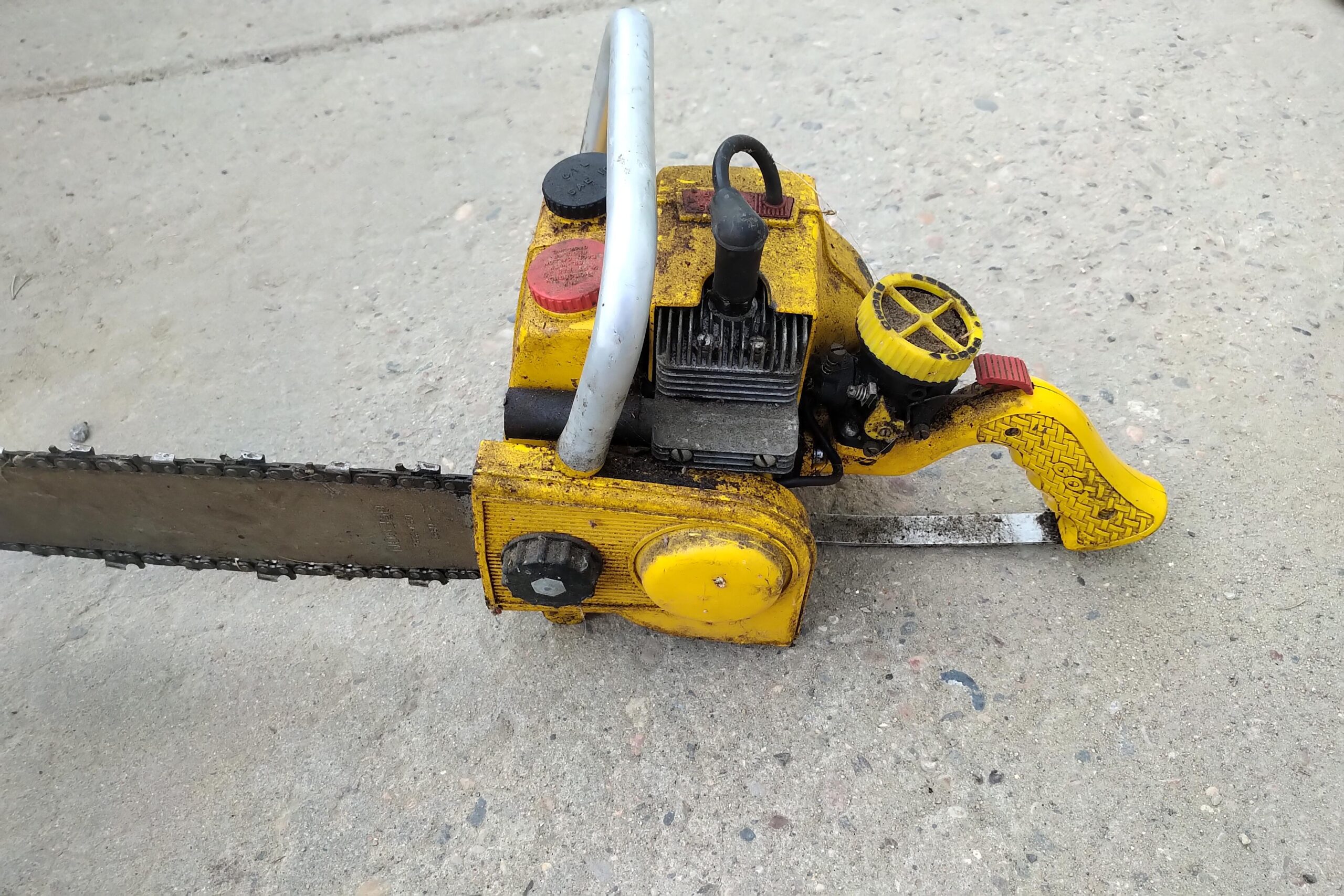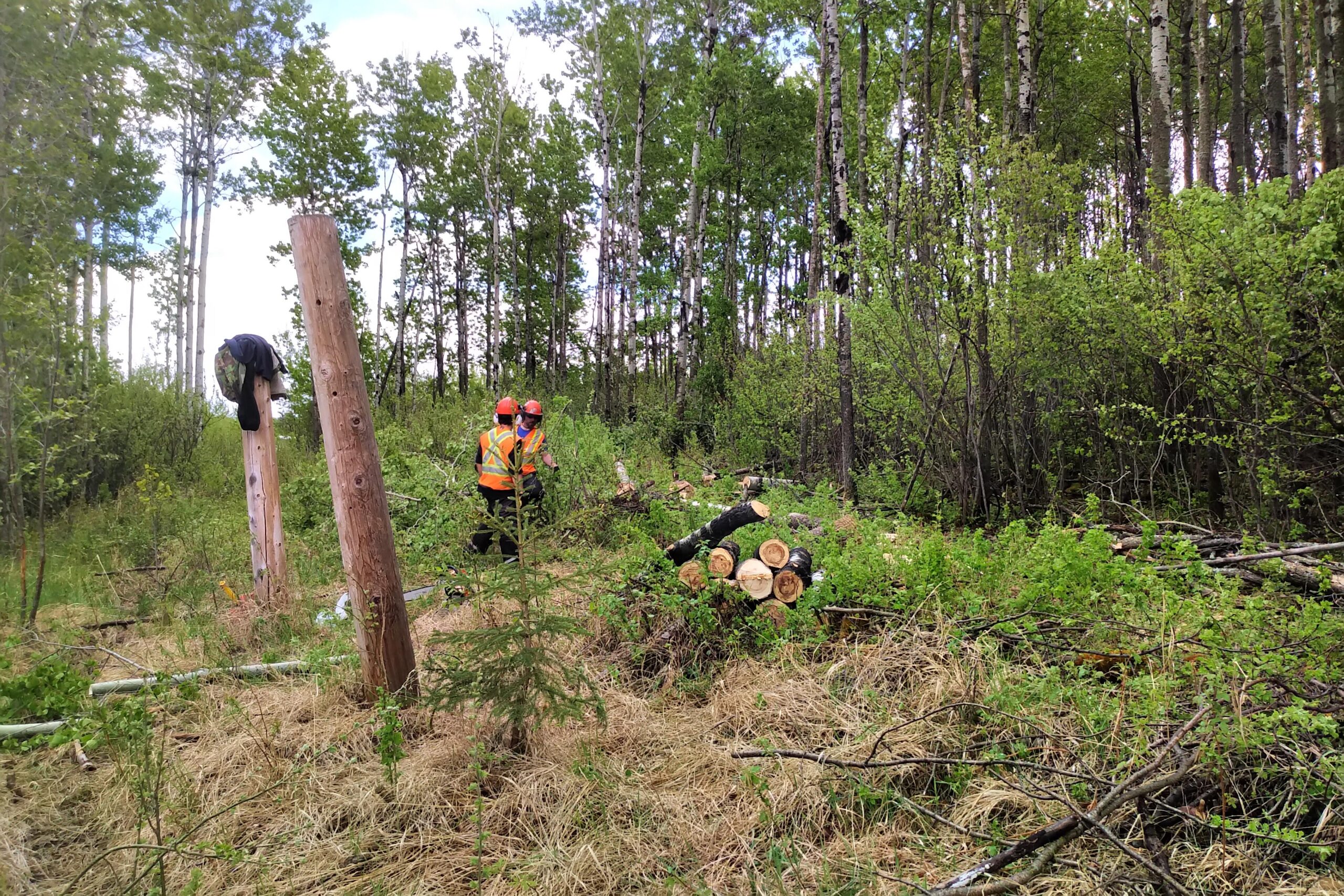The Evolution of Chainsaw Training: From 1985 to Today
In the realm of forestry and woodcutting, chainsaw training has undergone significant transformations since 1985. As the primary tool in forestry operations, mastering chainsaw use not only contributes to efficiency but also ensures safety, given the potentially hazardous nature of the equipment. From the initial guidelines set forth by the Alberta Forest Products Association to the advanced global techniques adopted today, this article delves into the rich evolution of chainsaw training, exploring pivotal moments and technological advancements that have shaped present-day education and practices. With Canada’s emphasis on safety and certification, contemporary courses like those offered by Southbrook Safety illustrate the commitment to developing proficient chainsaw operators.
Foundations of Chainsaw Training in the 1980s
The chainsaw industry in the 1980s was progressing from its nascent stage into more structured operations. During this pivotal decade, the emergence of standard safety training programs became crucial. Initiated in 1985 by the Alberta Forest Products Association, formal chainsaw training aimed to bridge the gap between new technological offerings and operator proficiency. These early models concentrated primarily on basic operation and safety protocols, setting a foundation upon which future programs would build.
| Year | Key Development |
|---|---|
| 1985 | Introduction of preliminary chainsaw safety protocols by the Alberta Forest Products Association |
| 1989 | Implementation of more comprehensive safety standards |
Technological Advancements: 1990s Chainsaw Training Innovations
With the evolution of technology in the 1990s, chainsaw training programs advanced significantly. Integrating mechanical innovations and ergonomic designs, training courses were updated to include these new developments. The focus expanded from not only safe handling but also efficient usage, reducing physical strain on operators. The 1994 redevelopment of the Chainsaw Proficiency Safety Program was a landmark event, culminating in its launch in 1995 for Alberta wildland firefighters, emphasizing both safety and effectiveness.
Husqvarna’s Influence in Early 2000s
One of the major influences in chainsaw training came from Husqvarna in the early 2000s. Their program integrated international techniques and methodologies, informing Canadian practices and enhancing operator training. This led to courses that were less region-specific and more comprehensive, based on the global cutting techniques used by professional operators worldwide and eventually integrated into the curriculum by organizations such as the Canadian Trainers Foundation (CTF).
Integration of Global Techniques: 2010s
The 2010s marked a period where chainsaw training in Canada underwent considerable globalization. Reputable training institutions, such as Southbrook Safety, began to incorporate lessons learned from international case studies, embracing the best practices from around the world. This included advanced cutting techniques and robust safety standards, elevating chainsaw training to meet global expectations. As such, these programs were not only geared toward safety but also towards maximizing efficiency and reducing training time.
The Role of Certification and Accreditation
In contemporary times, certification and accreditation have become central to chainsaw training. Governmental regulations and industry standards now require operators to be certified, signifying their knowledge and proficiency. Organizations like Southbrook Safety offer comprehensive courses that ensure participants are well-versed in both safety and operational protocols. Certification not only improves employability but also enhances the productivity and safety profile of work environments, as validated by numerous industry studies.
Interactive Training and Online Courses in the Digital Age
The advent of the internet and digital technologies has significantly influenced chainsaw training. Interactive online courses now provide flexibility in training schedules, making it easier for trainees across regions such as Alberta, British Columbia, and the Yukon to access quality instruction. Southbrook Safety, with its extensive range of online courses, exemplifies this modern approach, offering interactive and informative modules that accommodate varying learning styles and pacing.
Pioneering Techniques and Continuous Innovations
Continuous collaboration with renowned experts such as Soren Eriksson and Nora Mattsson has led to the introduction of pioneering techniques in chainsaw training. Programs like “The Game of Logging” and “Nordfor Forestry” have been instrumental in honing advanced skills and strategies that enhance operator competence. Such collaborations underscore the commitment to integrating cutting-edge practices into the training regimen, ensuring that learners receive the most effective education possible.
Challenges in Standardizing Chainsaw Training
Despite the advancements in training methodologies, the industry still faces challenges in standardization. Regional variances in regulations, forest environments, and operational needs complicate the creation of a universal training standard. Nonetheless, efforts continue to harmonize these differences through industry collaboration and the establishment of best practices, with institutions like Southbrook Safety leading by example in adopting a unified approach to training across multiple regions.

Future Prospects of Chainsaw Training
Looking ahead, the future of chainsaw training holds promise through innovation and expansive growth. Emerging technologies, such as virtual reality and augmented reality training simulations, are expected to enhance instructional efficacy, providing risk-free, immersive, and hands-on experiences. Additionally, increased emphasis on sustainability and environmental consciousness in forestry practices will likely steer training programs toward eco-friendly operations and techniques.
Statistics on Chainsaw-Related Incidents and Training Impact
Statistical analyses underscore the impact of comprehensive chainsaw training on workplace safety. According to studies, regions with robust training programs like those developed by the Canadian Trainers Foundation report a significantly lower incidence of chainsaw-related injuries. Such data points not only highlight the importance of continued investment in quality training but also validate the efforts of educational bodies in reducing workplace hazards.
| Category | Impact Statistics |
|---|---|
| Chainsaw-Related Injuries | Regions with certified training programs report a 30% reduction in incidents. |
| Training Enrollment | Increase of 50% in enrollment for online chainsaw safety courses in the last decade. |
Key Takeaways
The evolution of chainsaw training from 1985 to today narrates a story of growth, adaptation, and global integration. Despite the challenges in standardization, the commitment to safety, efficacy, and innovative practices remains unwavering. Institutions like Southbrook Safety continue to set the benchmark, crafting courses that not only adhere to industry standards but also shape the future of chainsaw training in Canada and beyond. As we advance, embracing new technologies and methodologies will be crucial in maintaining the momentum of progress in this essential industry.
FAQs
1. How has chainsaw training evolved over the years?
Chainsaw training has evolved significantly since 1985, shifting from basic safety protocols to comprehensive training programs that emphasize both safety and efficiency. Initially, the training focused primarily on simple operation guidelines and basic safety measures.
2. What are the key benefits of interactive and online chainsaw training courses?
Interactive and online chainsaw training courses offer numerous benefits, making them an attractive option for operators seeking flexibility and comprehensive instruction. One key advantage is the ability to learn at one’s own pace, accommodating different learning speeds and schedules. This format also allows access to a wealth of resources and materials that can be revisited as needed. Additionally, online courses reduce geographical barriers, enabling participants from diverse regions, such as Alberta and British Columbia, to receive training that might otherwise be unavailable to them locally.
3. What role do certifications play in the chainsaw industry?
Certifications play a critical role in the chainsaw industry, serving as a testament to an individual’s skill, knowledge, and adherence to safety standards. Obtaining a certification, such as those offered by reputable bodies like Southbrook Safety, validates an operator’s competence and boosts their employability by demonstrating to employers that they meet industry expectations.
4. What challenges does the Canadian chainsaw training industry face in adapting to new technologies?
The Canadian chainsaw training industry faces several challenges in adapting to new technologies, despite their significant potential to enhance safety and operator efficiency. One of the primary challenges is the variability in regional regulations and environmental conditions, which can complicate the implementation of universal technological solutions. Additionally, there may be resistance from traditional operators who are accustomed to established methods and may be hesitant to adopt new technologies.
5. How does the integration of global techniques impact chainsaw training in Canada?
The integration of global techniques into Canadian chainsaw training programs has significantly improved both the safety and effectiveness of the training provided. These techniques, derived from professional cutters worldwide, incorporate a blend of international best practices, safety protocols, and advanced operational methods that enhance the skill set of trainees.
For more information, feel free to contact us at Southbrook Safety.

